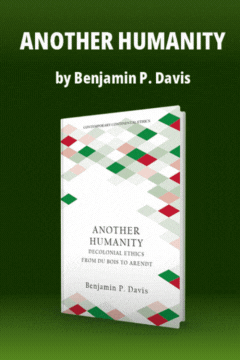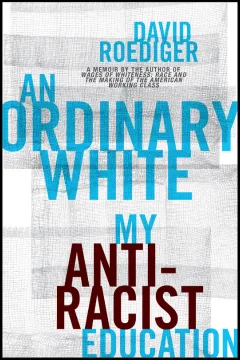“Pluralism” and American History
“Pluralism” and American History
FEW SCHOLARS HAVE INFLUENCED our thinking about “extremism” as much as Seymour Martin Lipset, professor of social relations at Harvard. The first writer to apply the concept of a “radical Right” to American social movements (in 1951), he later proposed a theory of “working-class authoritarianism.” He has consistently attempted to study the far Right as part of a comprehensive analysis of American politics, arguing that the Right shares with the far Left an intolerance of the amicable group conflict that characterizes pluralist democracy. In an effort to document his theoretical premises, Lipset has joined with Earl Raab, a member of the San Francisco Human Rights Commission, to compile a massive volume about “right-wing extremism.”
The authors interpret “extremism” in terms of pluralist social theory. American society, they tell us, is composed of varied interest groups, which usually get on pretty well by compromisi...
Subscribe now to read the full article
Online OnlyFor just $19.95 a year, get access to new issues and decades' worth of archives on our site.
|
Print + OnlineFor $35 a year, get new issues delivered to your door and access to our full online archives.
|






